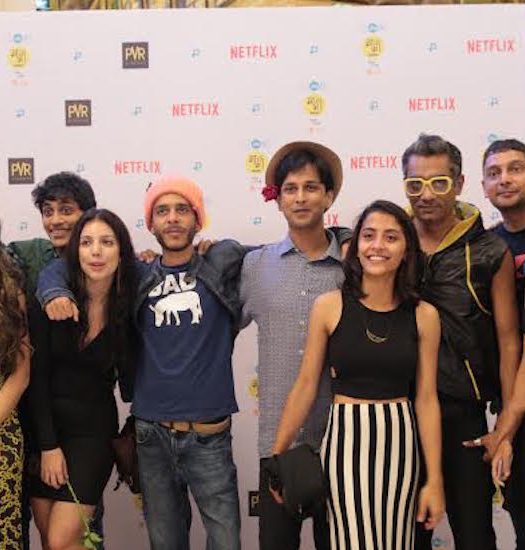Only a director knows why he has written the story~ Nila Madhab Panda
The screening of Kadvi Hawa in Delhi- a city engulfed by pollution, is a perfect irony & an appropriate setting. We chat with director Nila Madhab Panda, regarding the film’s environment, characters and the external support he received for a subject like this.

Nila Madhab Panda, Kadvi Hawa
You have this distinct affection for the land and terrain. In your filmography, three films are based in the desert, one of them in the hills. Could you tell us more about what draws you towards such locations?
Well I have always believed that India is the most beautiful country and there are millions of stories here to tell. I am not saying that because it’s my country. We have an interesting geographical look. The way I chose my location is based on the way I see the story. The story is woven into the geography of where it is based. So I take that into consideration, I do my research and try to bring that story from that particular region and try to reflect its reality, like in a painting.
Even Kalam had this evident portrayal of the gap between the rural and urban India. Now Kadvi Hawa tries to reflect the same. Is it because of your roots in Odhisa, that these kind of observations come naturally to you?
It’s a reflection of my own journey. I come from a small village. All my stories come from my own journey and the documentaries I have worked on. More than reading or looking at other films, I prefer to find stories from things I have witnessed myself. So what you see is part of my own journey that reflects in my films.

Sanjay Mishra, Tilotma SHome, Nila Madhab Panda and Ranvir Shorey
Tell us about the casting. Did you know you wanted to use these actors or did it happen over a course of pre production?
I always knew I wanted these actors to play these characters. According to me casting is a very personal process. I don’t depend on a casting director. Only a director knows why he has written the story he has written.
Also Read: GULZAR PENS MAUSAM BEGHAR HONE LAGE HAI FOR KADVI HAWA
You shot the film on 16mm film. In the today’s time everyone is going from analog to digital, what made you shoot Kadvi Hawa on film?
The look of the land- Chambal, which I wanted to show, I don’t think digital would have given me that kind of grain. The grain established the look of the region
How was it to shoot and edit on film?
Well it was very difficult. Not many people know the technology anymore. We really suffered, especially during the night shoots. The shots were very grainy and nobody had a solution for it. There is only one studio left in Mumbai with an analog machine. You don’t find those technicians anymore who know the workings.
How was the collaboration with Drishyam Films?
Because it is well timed, I would say that we got a lot of support from everyone.
What was it like having Gulzar write a poem for the film?
It is a great honour of course. He watched the film and said he would like to write a poem about it, so its a great honour.
Transcribed by: Divya More



